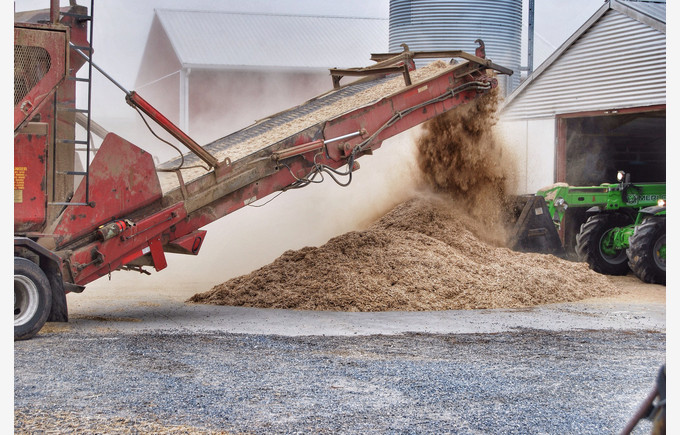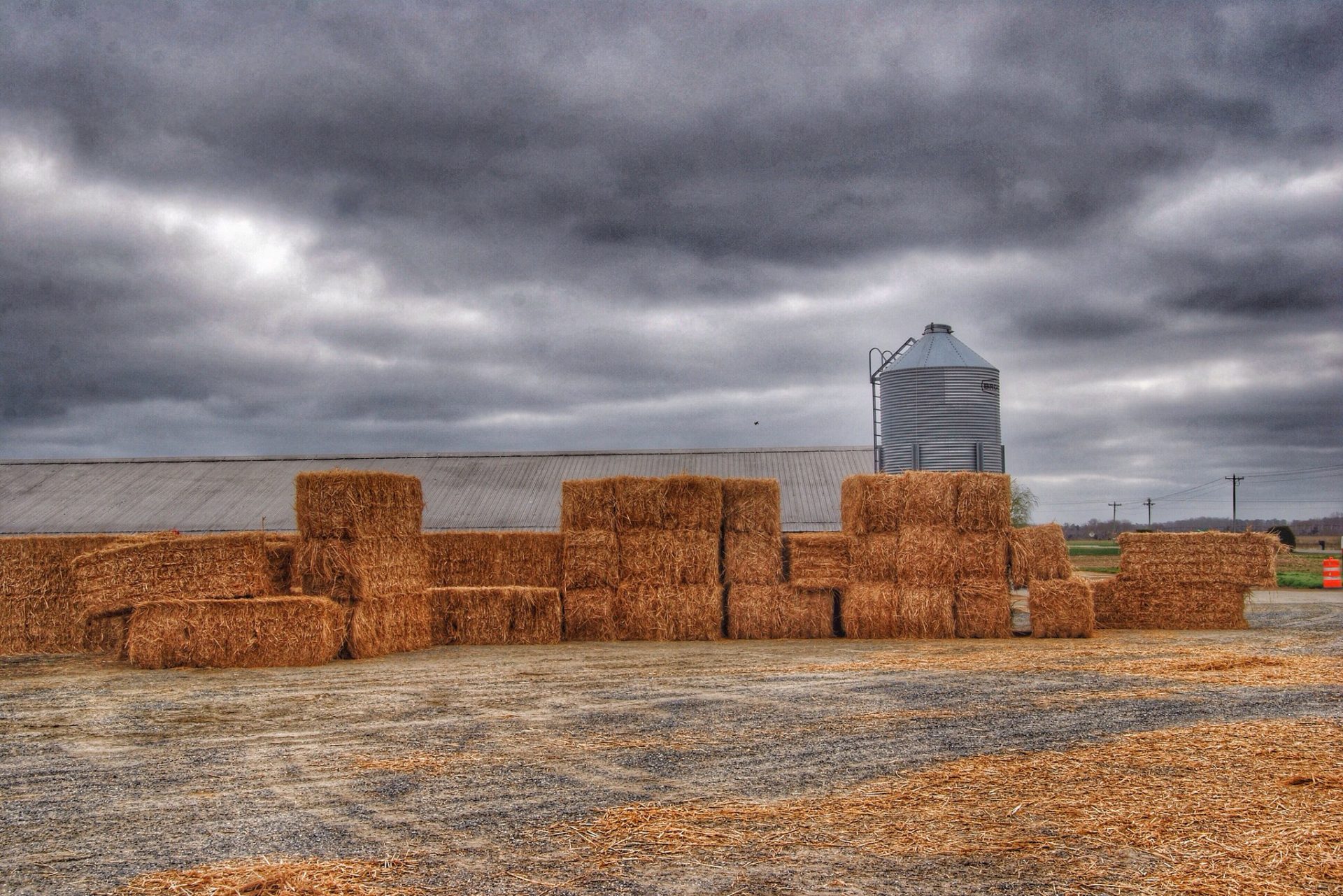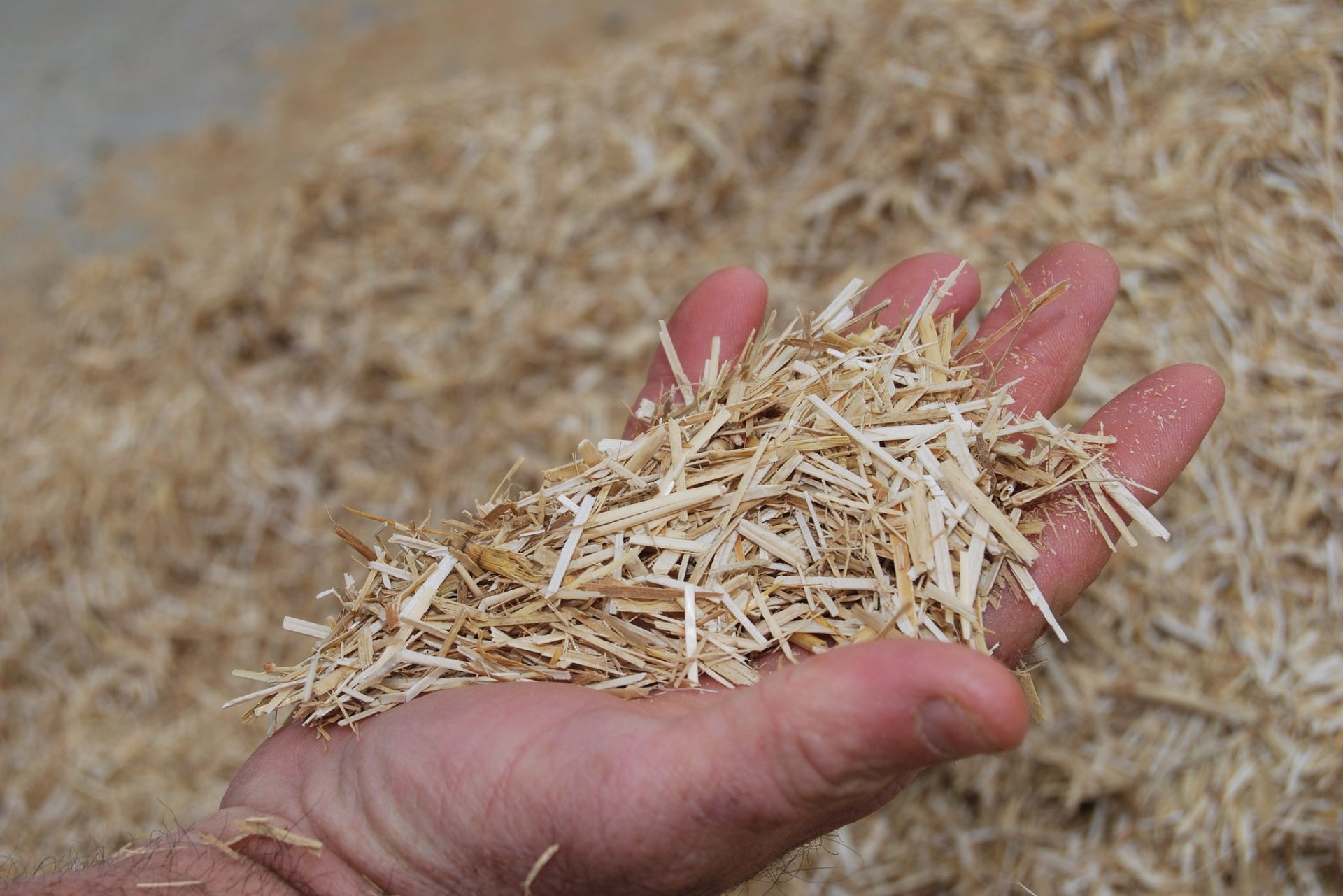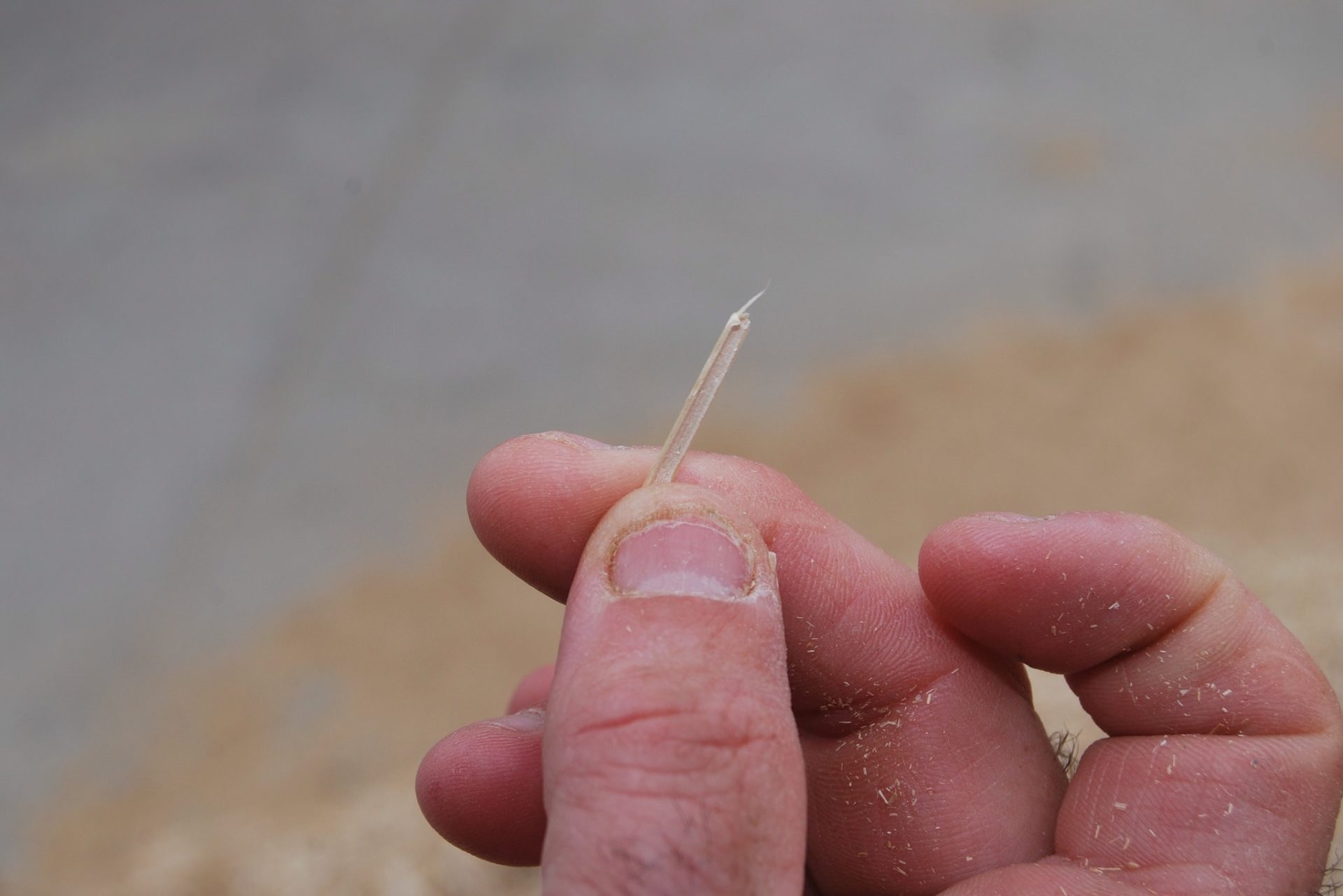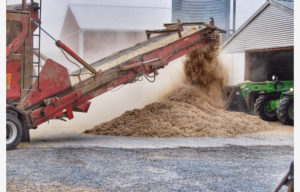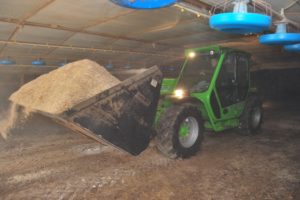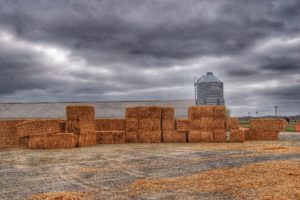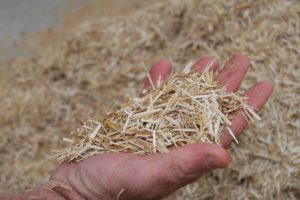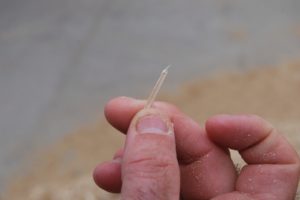Benefits & Challenges of Switchgrass
Switch grass is appealing as an alternative bedding source because it thrives in marginal soils. Switchgrass also poses a noticeable challenge, however, being difficult to grind to the right particle size for animal bedding.
Grinding Switchgrass for Poultry Bedding
University of Delaware Cooperative Extension agent Bill Brown is working closely with a local poultry farm to evaluate the effectiveness of ground up switchgrass for chicken bedding. In the farm trial, a Rotochopper horizontal grinder is being used to grind baled switchgrass to one inch minus bedding for a field comparison to traditional bedding of pine shavings. The Rotochopper grinder used in the trial is owned and operated by a local customer grinding company that specializes in grinding bales for animal bedding and feed.
“With tub grinders and other type of grinder instruments, we get a lot more of the rogue or longer pieces.”
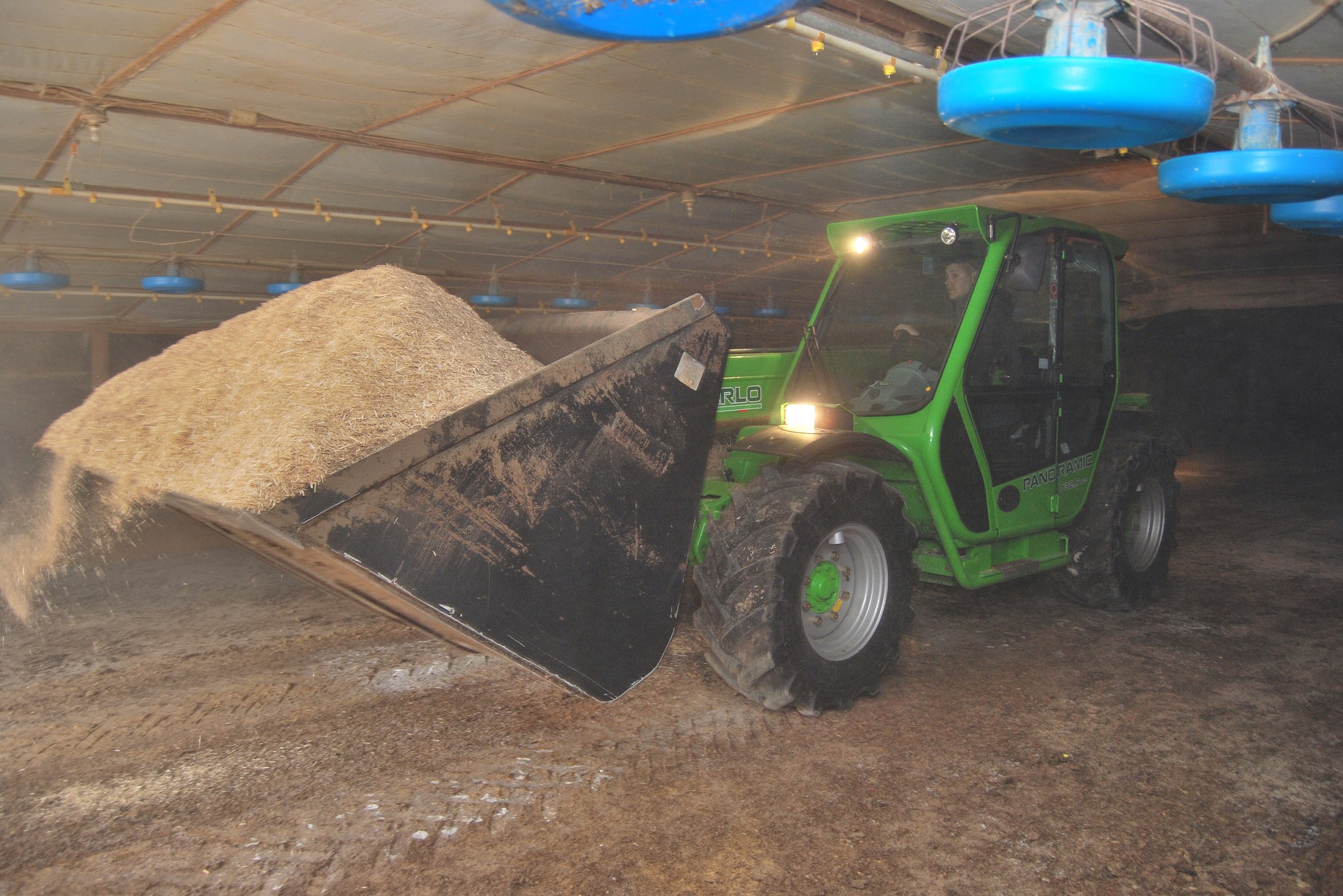
Brown and fellow researchers are excited about the potential of switchgrass to help fill the need for non-traditional bedding materials. “We are in need of a sustainable, renewable and reliable bedding source” says Brown. “Many traditional sources of bedding are no longer available.”
Learn More
This field trial involves just one alternative bedding source currently in use or commercial testing. The need for animal bedding is already driving the demand for animal bedding made by processing wood waste with industrial grinding equipment.
To learn more about this field study, check out the original article.
To learn how Rotochopper grinders convert diverse feedstocks into animal bedding, contact your regional Rotochopper representative.

